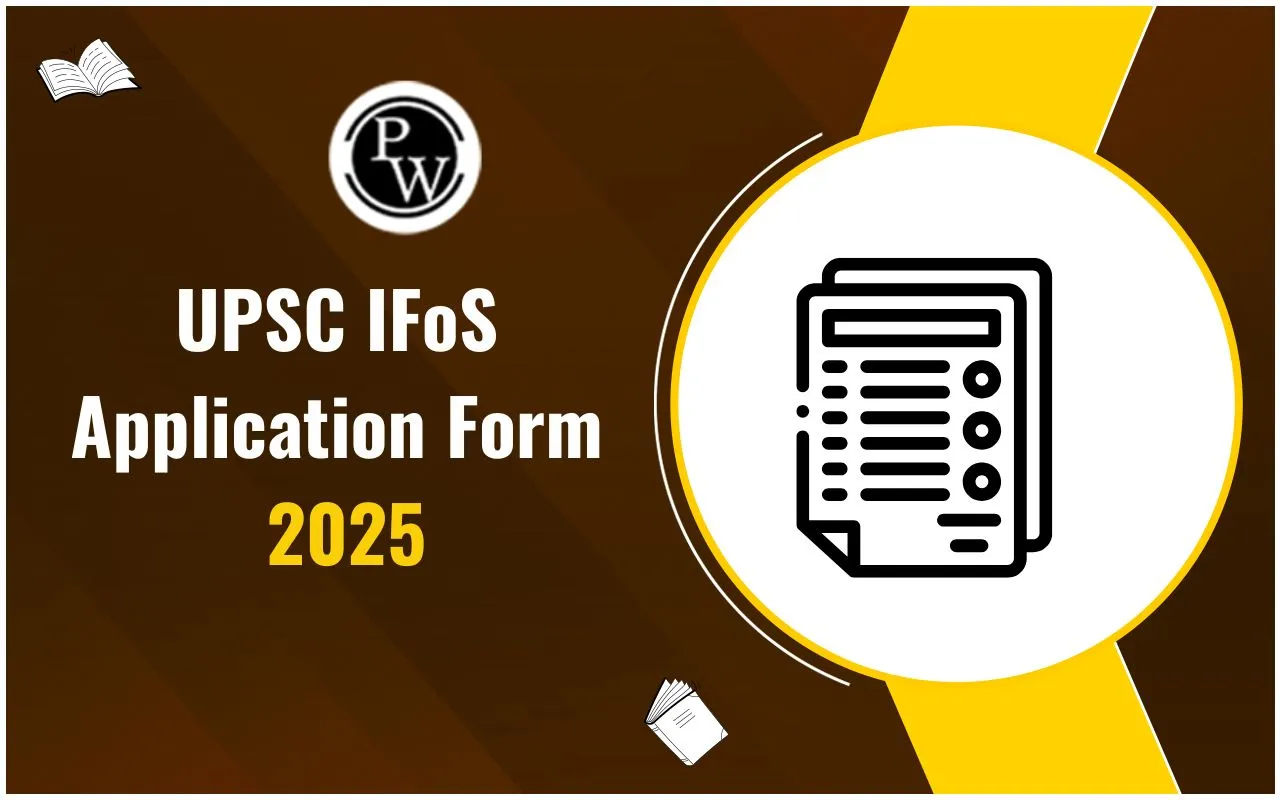
Gyan Bharatam Mission for manuscript conservation has been announced in the Union Budget 2025-26. This initiative will be implemented under the National Manuscripts Mission (NMM) for which the budget allocation increased from Rs. 3.5 crore to Rs.60 crore. Read on to learn more about the Gyan Bharatam Mission.
What is Gyan Bharatam Mission?
Gyan Bharatam Mission is a recently launched initiative by the government of India to preserve and promote the country's manuscript heritage. The mission, announced in the Union Budget for 2025-26, aims to survey, document, and conserve over one crore manuscripts located in academic institutions, museums, libraries, and private collections.
| Gyan Bharatam Mission - Overview | |
| Announced In | Union Budget 2025-26 |
| Nodal Ministry | Ministry of Culture |
| Objective | To preserve, promote, survey, document, and conserve manuscripts. |
| Scope | Over one crore manuscripts in academic institutions, museums, libraries, and private collections. |
| Key Component | Creation of a national digital repository of the Indian knowledge system. |
| Executing Agency | National Mission for Manuscripts (NMM) |
| Parent Organization (NMM) | Indira Gandhi National Centre for the Arts (IGNCA) |
| Budget Increase (NMM) | From ₹3.5 crore to ₹60 crore |
| Main Goal | To protect manuscripts, ensure their longevity and accessibility, and unveil ancient Indian knowledge to the world. |
Objective of Gyan Bharatam Mission
The main aim of the mission is surveying, documenting, and preserving India’s extensive manuscript heritage. Gyan Bharatam Mission objectives include:
-
To cover more than one crore manuscripts located in academic institutions, museums, libraries, and private collections.
-
Development of a National Digital Repository to safeguard and share India's traditional knowledge.
-
Make traditional knowledge accessible to researchers, students, and institutions globally, promoting knowledge sharing.
What Are Manuscripts?
According to the National Mission for Manuscripts, “A manuscript is a handwritten composition on paper, bark, cloth, metal, palm leaf or any other material dating back at least seventy-five years that has significant scientific, historical or aesthetic value.”
Manuscripts are different from other historical records, such as epigraphs on rocks, firmans, or revenue records, and they’re not the same as printed books or pictures. India’s National Museum has nearly 14,000 manuscripts in various languages and scripts. Further, it is estimated that around 10 million manuscripts exist in India in need of preservation.
Image Credit: nationalmuseumindia.gov.in
About National Manuscripts Mission (NMM)
The Gyan Bharatam Mission will be carried out under the National Mission for Manuscripts (NMM), which was established in 2003 by the Ministry of Culture. It operates as a unit within the Indira Gandhi National Centre for the Arts (IGNCA) and its goal is to identify, document, conserve, and make India's manuscript heritage accessible.
Manuscripts Conservation in India
India is home to one of the largest manuscript collections in the world, with an estimated 10 million manuscripts in 80 ancient scripts. These manuscripts are scattered across various repositories, including museums, institutions, and private collections.
However, many of them have been neglected over the years and are in poor condition, damaged by insects, fungus, or brittleness. Further, there are very few scholars who can study and work with these manuscripts. To address these challenges, India has launched several initiatives:
-
National Mission for Manuscripts (NMM): It has documented 52 lakh manuscripts and conserved nearly 9 crore manuscript folios over 21 years.
-
Manuscript Resource Centres (MRCs): There are around 57 Manuscript Resource Centres across the country.
-
National Library of India: NLI, Kolkata has a collection of approximately 3600 rare and historically important manuscripts.
-
Digitization of Manuscripts: Started in 2004 under NMM and is currently in the fourth phase.
The Gyan Bharatam Mission builds on these efforts by further preserving and protecting manuscripts, ensuring their long-term survival and accessibility.
Want to prepare Indian Art and Culture for the UPSC exam? Explore courses by Physics Wallah!
AP ICET 2025 Rank List FAQs
What is the Gyan Bharatam Mission?
What is the allocation for the Gyan Bharatam Mission?
Who will implement the Gyan Bharatam Mission?
What is the National Digital Repository?
Which is the nodal ministry for the Gyan Bharatam Mission?







